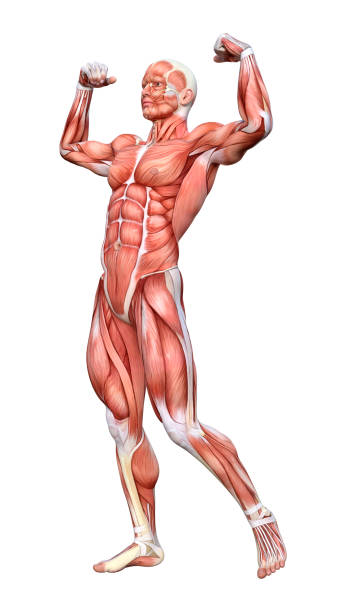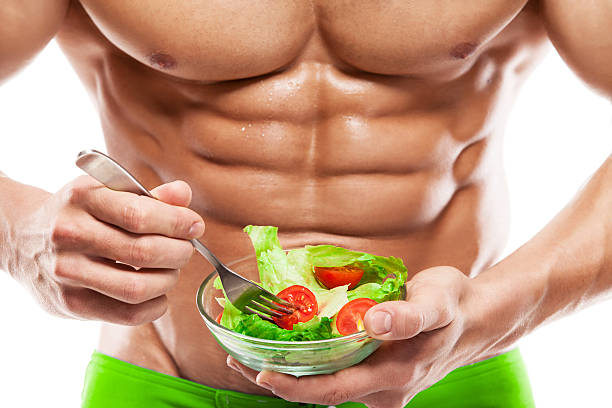Fasting vs small meals What works best for losing fat Picture this: It’s Monday morning. Your friend is bragging about how they’re “crushing intermittent fasting” while sipping black coffee, and another is preaching the magic of six tiny meals a day while chewing on an almond like it’s liquid gold.
Meanwhile, you’re standing there holding a sandwich wondering if anyone really knows what they’re doing. Welcome to the Fasting vs Small Meals showdown—the most argued-about diet duel in every gym, WhatsApp group, and awkward office lunch table. Both methods have scientific research, influencer hype, and a loyal fan base. But when the goal is burning stubborn fat, which side of the fridge should you be on? Let’s break it down with some fun, facts, and a pinch of sarcasm
What Exactly is Fasting—and Why Fitness Gurus Swear By It
Fasting is not just about skipping meals; it’s a structured eating pattern where you give your body long breaks between meals. The most popular version, Intermittent Fasting (IF), includes schedules like 16:8—fast for 16 hours, eat in an 8-hour window. During fasting, insulin levels drop, forcing your body to dip into stored fat for energy, like raiding an emergency snack drawer. Science also shows fasting improves insulin sensitivity, supports autophagy (cellular cleanup), and naturally cuts calorie intake without complicated math.
But let’s keep it real: fasting isn’t always a walk in the park. Many newbies experience low energy, crankiness, and a deep spiritual connection to every pizza ad they see. If you’re someone who dreams about breakfast at midnight, fasting might feel like a cruel reality show. Still, for people who love structure and can handle skipping meals without transforming into a hangry gremlin, fasting can be an effective fat-loss tool

The Small Meals Game Plan: Snack Your Way to Slim
The small-meals method flips the script. Instead of starving for hours, you eat every 2–3 hours, usually 5–6 small meals per day. The idea is to keep blood sugar levels stable, prevent hunger spikes, and avoid the “I’m-so-hungry-I’ll-eat-the-fridge” binge. Research shows this approach can help control appetite, provide steady energy, and supply regular fuel for workouts.
But here’s the plot twist: if you don’t measure your portions carefully, those small meals can secretly turn into six medium meals, and suddenly you’re eating more than you burn. It’s also a bit like having a part-time job—you’re constantly planning, prepping, and cleaning dishes. If you love grazing and have the discipline to keep portions in check, small meals can be your fat-loss bestie
Science Weighs In: Calories Are Still King
Here’s the kicker: when scientists compare fasting to small meals, they keep finding the same truth—total calorie intake matters more than meal frequency. Whether you eat two meals or ten, fat loss boils down to creating a calorie deficit. Both approaches can work if:
- You eat nutrient-rich, balanced foods (not just diet soda and fries).
- You stay consistent.
- You don’t treat cheat days like a buffet marathon.
Fasting might slightly improve insulin sensitivity and help people eat fewer calories naturally, while small meals may help control hunger for those prone to overeating during long gaps. The “winner” isn’t a diet—it’s whichever plan you can stick to without feeling like you’re on a reality survival show.

Fasting Benefits for Fat Loss (When Done Right)
Let’s give fasting its moment. Skipping meals triggers a metabolic state where your body uses stored fat as fuel. It can lower insulin levels, reduce inflammation, and even promote cellular repair through autophagy. Many find it easier to maintain a calorie deficit simply because there are fewer eating opportunities—less time to snack means fewer late-night cookie accidents.
However, fasting can backfire if you binge during your eating window. Ever tried to “make up” for missed meals with a three-plate dinner? Yeah, your body remembers. If you’re naturally a big eater, fasting requires discipline to avoid turning your 8-hour eating window into an all-you-can-eat festival.
Small Meals Advantages: A Grazing Strategy with Perks
Small meals shine for people who hate feeling hungry. Eating every few hours keeps energy steady and prevents the hormonal rollercoaster that triggers cravings. It’s a favorite of athletes and people with active lifestyles because it provides a constant nutrient supply for muscle recovery and performance.
This method also makes social life easier—no awkward “sorry, I’m fasting” at brunch. But remember, constant eating means constant opportunities to overshoot calories. A handful of nuts here, a spoonful of peanut butter there, and suddenly your “tiny meal plan” is a calorie bomb

Mind Over Meals: Which Fits Your Lifestyle
The best plan isn’t about trends—it’s about you. If you enjoy long breaks between meals and hate constant snacking, fasting can simplify your life. If you’re a grazer who needs steady fuel to avoid mood swings (or murder-y hunger), small meals may be your jam. Personality, work schedule, and stress levels all matter more than the latest TikTok diet challenge
Pro Tips to Maximize Fat Loss (No Matter Your Method)
- Protein First: Whether fasting or grazing, aim for high-protein meals to preserve muscle and stay full.
- Fiber is Your Friend: Vegetables, fruits, and whole grains help keep hunger in check.
- Hydrate Like a Boss: Thirst can masquerade as hunger. Water and herbal teas are your secret weapons.
- Sleep & Stress: Poor sleep and high stress can sabotage fat loss faster than a midnight pizza run.
Your Body, Your Rules
Fasting and small meals are like two different routes to the same destination—fat loss. Both can work wonders if you maintain a calorie deficit and stay consistent. Fasting may give you sharper mental focus and fewer eating decisions, while small meals can keep hunger at bay and fuel an active day.
Instead of asking, “Which is best?” ask, “Which can I do for months without losing my mind?” If skipping breakfast feels liberating, fast. If you love a steady stream of snacks, graze. Your metabolism isn’t judging your meal schedule—it’s counting your calories and consistency.
How to Make Healthy and Flavorful Chana Masala Chaat
Disclaimer
The tips and suggestions mentioned in this article are intended for general informational purposes only. Before starting any fitness program, making changes to your diet, or trying any remedies related to health conditions, please consult your doctor or a qualified healthcare professional. Dr. You does not verify or endorse the authenticity of any such claims made herein

